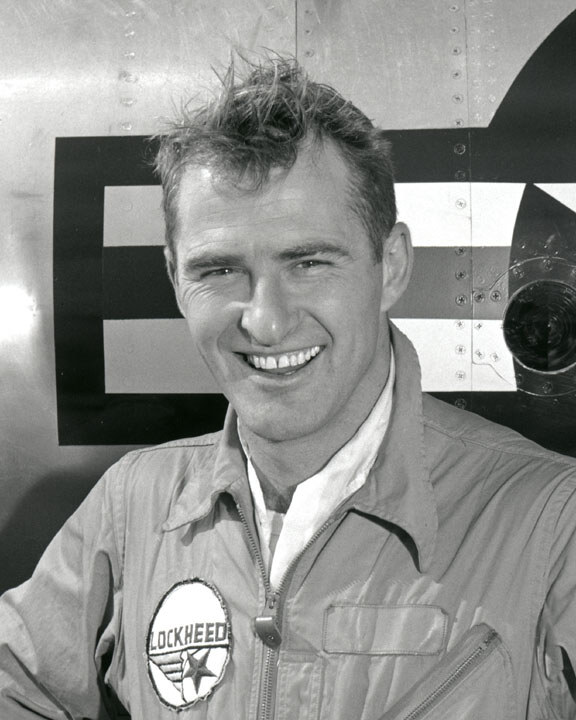
26 April 1962: At a non-existent location in the Mojave Desert of Nevada, Lockheed Chief Test Pilot Louis Wellington (“Lou”) Schalk, Jr., was scheduled to take the first Oxcart for a high-speed taxi test on the specially constructed 8,000-foot (2.44 kilometer) runway. However, he had received secret, specific instructions from designer Kelly Johnson to take the craft, known as “Article 121,” airborne.
Lou Schalk roared down the runway and lifted off. He flew at about 20 feet for two miles. The super-secret aircraft was oscillating badly so he set it down straight ahead on the dry lake bed and disappeared into a cloud of dust and flying sand. Johnson said that it “was horrible to watch.” A few minutes later, the needle nose of Article 121 appeared out of the dust as Schalk taxied back to the runway. It turned out that some equipment had been hooked up backwards. Subsequent flights were made without difficulty.
This was the actual first flight of the Central Intelligence Agency’s Top Secret A-12 reconnaissance aircraft. The “official” first flight would come several days later.
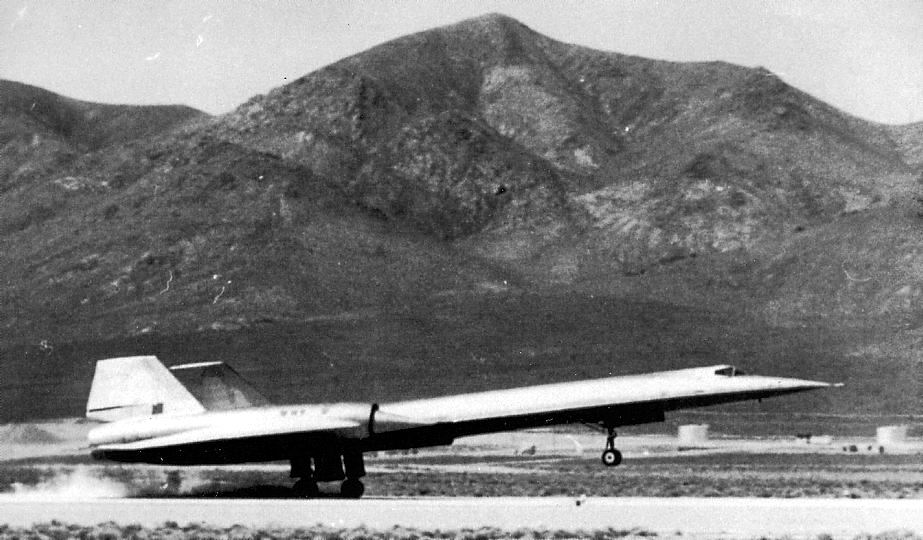
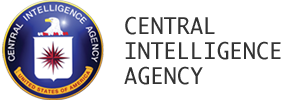 Designed as the successor to the Agency’s subsonic U-2 spy plane, the twin-engine jet was capable of flying more than Mach 3 (over 2,000 miles per hour/3,218.7 kilometers per hour) and higher than 80,000 feet (24,384 meters). Built by Lockheed’s “Skunk Works,” the new airplane wasn’t “state of the art,” it was well beyond the state of the art. New materials were developed. New equipment designed and built. New manufacturing processes were invented.
Designed as the successor to the Agency’s subsonic U-2 spy plane, the twin-engine jet was capable of flying more than Mach 3 (over 2,000 miles per hour/3,218.7 kilometers per hour) and higher than 80,000 feet (24,384 meters). Built by Lockheed’s “Skunk Works,” the new airplane wasn’t “state of the art,” it was well beyond the state of the art. New materials were developed. New equipment designed and built. New manufacturing processes were invented.
The A-12, developed under the code name “Oxcart,” was unlike anything anyone had ever seen. The first A-12 was referred to as Article 121. “A” = “Article.” “12-” is for A-12. “-1” is for the first production aircraft. So you get “Article 121.” What could be simpler?
The A-12 was so fast and could fly so high that it was invulnerable to any defense. No missile or aircraft or gun could reach it.
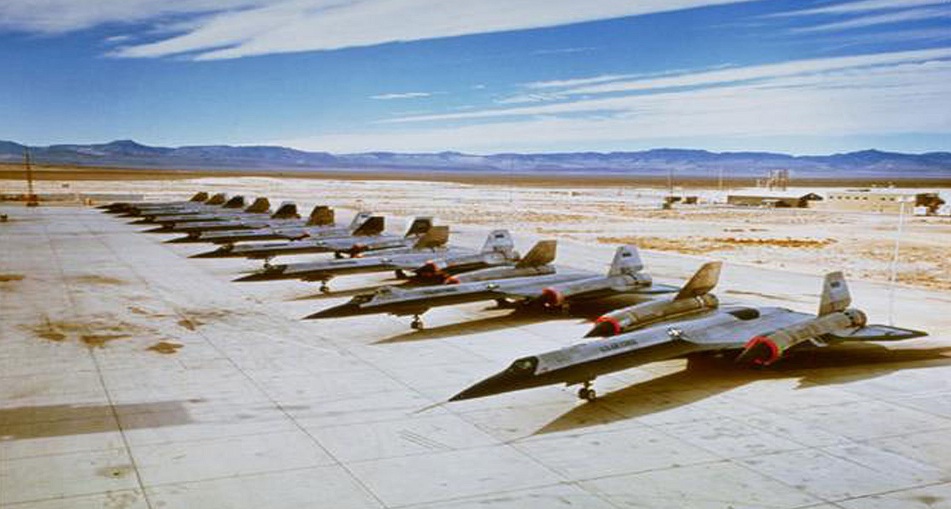
Thirteen A-12s were built for the CIA. Two M-21 variants, built to carry the Mach 4 D-21 drone, were also produced. An interceptor version was developed for the Air Force as the YF-12A.
Ninety-three Lockheed F-12B interceptors were ordered though Secretary of Defense Robert S. McNamara refused to release the funding for production. After three years, the order was cancelled. The Air Force liked the A-12, however, and ordered 32 of the more widely known two-place SR-71A “Blackbird” reconnaissance ships.
Today, Article 121 is on display at the Blackbird Airpark, an annex of the Air Force Flight Test Museum, Edwards Air Force Base, California.
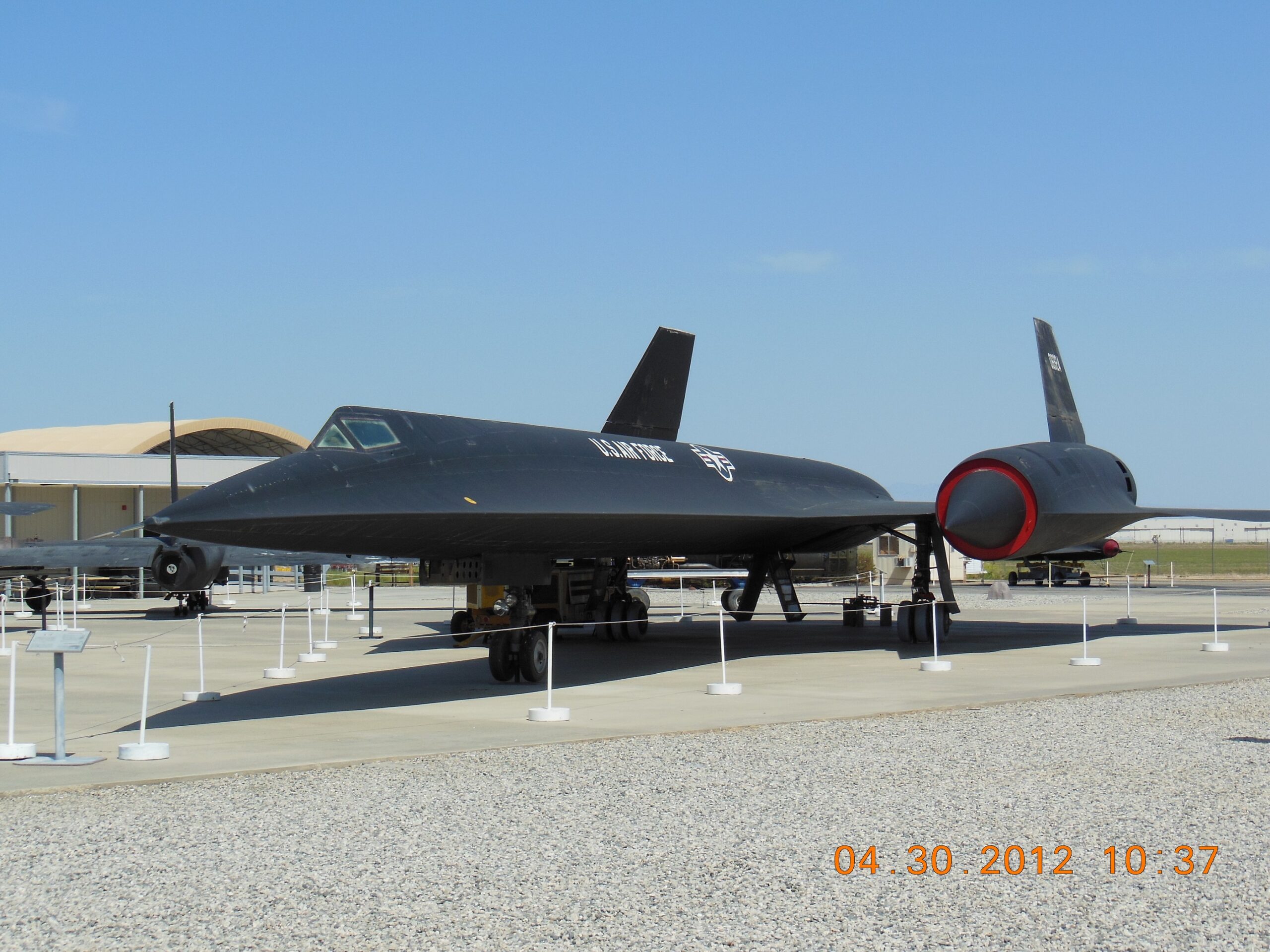
© 2016, Bryan R. Swopes
Fantastic site. When I look at the text below the picture on top of this page: Lockheed A-12 60-6924, “Article 121″ at Groom Lake, Nevada. I noticed that on the tail of this A-12 the number is ’60-6934′.
Thanks for these pages, keep up the good work.
With kind regards,
Pieter
Sorry, a typographic error. I’ll correct it right now. Thanks for visiting my blog. I hope that you enjoy it and will come back often.
Thanks,
Bryan
Worked on these for quite a few years … I was part of the last civilian flight test crew to fuel the last to fly Sled. Fueled and ready to go when “Bulldog” came down from the office at EAFB and canx’d it. Frickin’ Clinton cancelled the program ‘due to upgrade and maintenance costs’. Stories are out there if you dare to believe…
One of the less known roles the SR-71 played was as a surrogate for the Soviet Backfire bomber, running attack profiles on U.S. naval assets. The tests were done to see if space surveillance assets could detect and track incoming high speed attackers in time to give the fleet adequate warning. The test was successful, marking the beginning of using space based sensors in a tactical role. Don’t ask me what space assets were involved.
60-6934 was a YF-12, not an A-12, and indeed the picture at the top with that serial number is a YF-12. The YF-12 had a very different nose profile to accommodate the Hughes AN/ASG-18 look-down/shoot-down fire control radar,
I’ve seen, and touched the YF-12 60-6935, which is in the Air Force Museum at Wright Patterson AFB.. it was so long ago that it was just in an old hanger across the main runway from the Museum, which has grown, about 7 times as big as it was in 1973, or even in 1985, the second time I was there. First as a 2LT attending a reliability engineering class, then as a Captain, reservist doing my annual tour at the Foreign Technology Division (on the Patterson side of the base)
Thank you for the correction. Fixed it. 🙂 It’s funny. I kept thinking that there was something just not quite right about that photograph, but I missed it. Thanks very much for the catch!
Absolutely amazing photos and article. Kinda scary to think of what our guys are flying these days! Thanks!
Thanks, Wilbur. I’m glad that you liked it. —Bryan
Clinton did not cancel the SR-71 program. It was over in 1990 under Bush Sr. because of 3 reasons, 1) Larry Welch, 2) no data link like the U-2, and 3) SAC, TAC, and MAC were being integrated into the ACC (Air Combat Command). The last A-12 was flown until 1968. I have all the facts on this and much more.
Thank you, Stephen. I don’t think that anyone said that President Clinton cancelled the SR-71 program. See TDiA, 6 March 1998: “Secretary of Defense William S. Cohen approved the permanent retirement of the Lockheed SR-71A ‘Blackbird’ Mach 3+ strategic reconnaissance aircraft.”